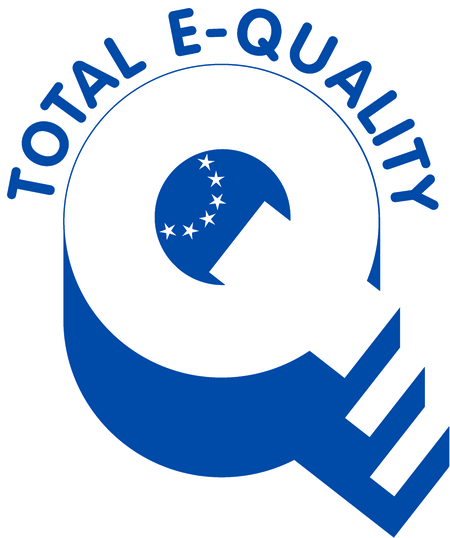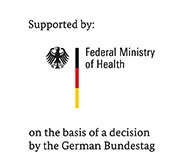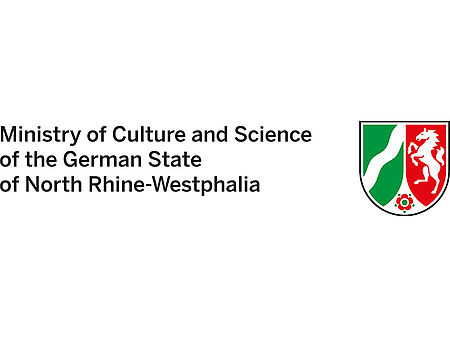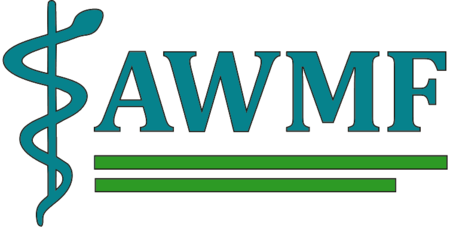Selecting a journal: How to find a suitable journal for publishing research results
In-house and external requirements
Choosing the right journal is the first step in publishing the results of your research. In many cases, this choice will be made by the faculty or the head of your research group. You should therefore start by reviewing your institution's in-house requirements.
If your research was externally funded, it is likely that the funder will also have stipulated certain requirements, for example that the results should be made freely accessible. Some funders have now introduced policies that stipulate exactly which externally-funded research must be published open access. It is always a good idea to check the funding conditions of the respective project or to ask the funding body for more information.
See also
Selecting a journal: What requirements do funders impose in regard to open access?
Choosing the right journal to publish your work
There are a number of different ways to search for a suitable journal to publish in. The following resources can help you find the right journal to meet your needs:
Directory of Open Access Journals (DOAJ)
The DOAJ currently lists some 20,000 open access journals. Searches can be conducted by subject area and other criteria.
The DOAJ only includes journals that are run in accordance with the principles of open access – that is, journals that do not impose any charges on either readers or institutions. Journals that appear in the DOAJ must also allow users to read, download, copy, distribute and search for articles, as well as permitting users to link to the full text of the article. Moreover, the DOAJ only considers journals that appear regularly – more than once a year – and that operate a quality assurance system guaranteed by the editors and/or by a peer review process. Journal issues must be consecutively numbered and dated and contain individual articles.
The DOAJ only lists journals that are reported to it by publishers or by the editors of other journals, so the list is not necessarily exhaustive.
Electronic Journals Library (EZB)
The Electronic Journals Library contains a list of journals that are published in a digital format. Thanks to its advanced search capabilities and ability to filter searches by specific subject areas, the EZB is also a useful tool for finding suitable journals to publish in. By restricting your search to journals which offer free access to full texts, you can also ascertain which journals are open access. The entry for each journal specifies whether it is an open access journal, and you can find more detailed information on the journals' individual websites. The EZB provides links to make it easier to access these websites. Thanks to a cooperative venture with the Directory of Open Access Journals (DOAJ), the EZB also indicates journals that are available in the DOAJ.
Web of Science
To track down a suitable journal in the multidisciplinary Web of Science database, we recommend entering keywords from your subject area in the search box and checking which journals publish articles on this topic by consulting the "Refine Results" section beneath "Publication Titles".
Clarivate Analytics now includes a search form on its website to find open access journals that appear in Web of Science. Go to overview
Web of Science requires institutions to obtain a licence for the database and can only be used by users who are within their institution's IP range or accessing it via remote access while roaming.
Scopus
Another alternative is the Scopus database, which also lists journal articles from a range of different subject areas. Scopus also allows you to enter keywords to narrow down your search results, and the "Browse Sources" option allows you to restrict your journal search to specified subject areas. You can also choose to only display open access journals.
Scopus requires institutions to obtain a licence for the database and can only be used by users who are within their institution's IP range or accessing it remotely. These restrictions do not apply to the list of sources covered by Scopus, which is freely accessible. Browse the Scopus Source List
List of journals in PubMed Central
Another useful tool for searching the realm of life sciences is the list of journals provided by the PubMed Central database, the electronic full-text archive run by the National Library of Medicine (NLM). This also provides information on the embargo period enforced by each journal before articles become open access.
Recommendation systems
Choosing the right journal can be tricky, but recommendation systems can make this task easier to navigate. The following publisher-independent tools are specifically designed to help users search for open access journals:
- B!son: to find the right OA journal for your publication, fill out one or more of the search boxes provided with information on your paper, such as the title, abstract or references. The tool then uses semantic similarities and bibliometric methods to identify journals that may be suitable. B!SON relies on various database sources, including the Directory of Open Access Journals (DOAJ) and OpenCitations.
- oa.finder: this tool draws on various sources, including data from the Electronic Journals Library (EZB). It also includes information on open access funding opportunities offered by specific institutions, for example those based on transformative agreements. You can refine your search and filter the results using the options on the right.
Some publishers with a large portfolio of journals also offer recommendation systems to help authors find a suitable journal, though in this case the results will obviously be limited to journals from the respective publisher.
Selected open access publishers and publishers with an open access programme in the field of life sciences
Academic Journals
Bentham Open
BMJ Open
BioMed Central
Copernicus Publications
De Gruyter Open Access
eLife
Elsevier Open Access Journals
Frontiers
Hindawi Publishing Corporation
Karger
Medknow Publications
MDPI
Oxford Open
PLoS One
PLoS Medicine
Sage
SpringerOpen
Taylor & Francis Open Journals
Wiley Open Access
This list is not exhaustive, but is intended to provide an initial overview.
Journals published by ZB MED
Through its German Medical Science (GMS) platform, ZB MED publishes a range of open access journals for professional bodies which form part of the German Association of Scientific Medical Societies (AWMF).
Hybrid business model
Many publishers offer to publish subscription journal articles as open access articles in return for a publication fee (in order to meet funder requirements, for example). This is known as a hybrid open access business model. More information on the conditions that apply and the journals that offer this option can be found on each publisher's website.
The hybrid business model enables open access publishing in journals which are not fully open access. More and more publishers are now offering this option, which may be referred to as “author choice” or “open choice”.
Authors interested in publishing their article in a journal that is not fully open access should make enquiries to find out what options are available.
Note: The hybrid business model is controversial since there are fears that fees may end up being paid twice through subscriptions and through publication fees, a situation known as "double dipping". For this reason, these hybrid journals are not included in the Directory of Open Access Journals (DOAJ). The hybrid business model has become generally accepted, though some research funders are not willing to sponsor publications in journals that are funded by the hybrid business model.
The journals in the packages covered by the DEAL agreements with Wiley, Springer Nature and Elsevier are generally hybrid journals. The publication fees for these journals are funded by the participating institutions.
See also
Publication fees: what are the different ways of covering publication costs?
Choose a journal carefully
It is vital to ensure that the journal you choose is a good fit for your work. Read the “Aims & Scope” section of the journal’s website to determine whether the findings presented in your paper match the type of content favoured by the journal. This is a good way to ensure that your article will reach the relevant specialist community and other target groups.
Be careful not to inadvertently publish your work in a predatory journal! Such journals charge authors fees but do not provide standard publishing services such as a genuine peer-review process to guarantee quality. Publishing articles in predatory journals will not help to build your reputation.
See also
Predatory or bogus journals in open access publishing
Peer review: Why is it important?
Reputation and research assessment in academia – a brief introduction
Launching a journal
Not all subject areas are covered by existing journals, especially in disciplines that are developing dynamically all the time. Launching a new journal is a valuable approach in these circumstances. ZB MED supports the launch of new journals through a range of services offered by its publication portal PUBLISSO.
Disclaimer
Important note: The information and links provided here do not represent any form of binding legal advice. They are solely intended to provide an initial basis to help get you on the right track. ZB MED – Information Centre for Life Sciences has carefully checked the information included in the list of FAQs. However, we are unable to accept any liability whatsoever for any errors it may contain. Unless indicated otherwise, any statements concerning individual statutory norms or regulations refer to German law (FAQ updated 03/2024).
Contact

Dr. Jasmin Schmitz
Head of Publication Advisory Services
Phone: +49 (0)221 478-32795
Send mail






